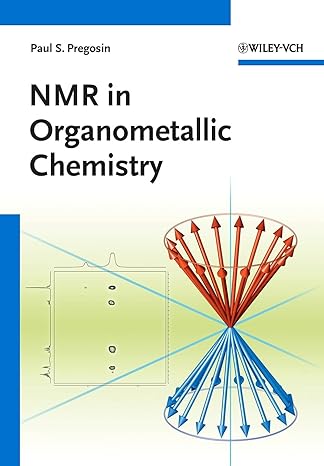Go back


Principles Of Molecular Photochemistry An Introduction(1st Edition)
Authors:
Nicholas J. Turro, J. C. Scaiano, V. Ramamurthy

Cover Type:Hardcover
Condition:Used
In Stock
Shipment time
Expected shipping within 2 DaysPopular items with books
Access to 30 Million+ solutions
Free ✝
Ask 50 Questions from expert
AI-Powered Answers
✝ 7 days-trial
Total Price:
$0
List Price: $260.93
Savings: $260.93(100%)
Solution Manual Includes
Access to 30 Million+ solutions
Ask 50 Questions from expert
AI-Powered Answers
24/7 Tutor Help
Detailed solutions for Principles Of Molecular Photochemistry An Introduction
Price:
$9.99
/month
Book details
ISBN: 1891389572, 978-1891389573
Book publisher: University Science Books
Get your hands on the best-selling book Principles Of Molecular Photochemistry An Introduction 1st Edition for free. Feed your curiosity and let your imagination soar with the best stories coming out to you without hefty price tags. Browse SolutionInn to discover a treasure trove of fiction and non-fiction books where every page leads the reader to an undiscovered world. Start your literary adventure right away and also enjoy free shipping of these complimentary books to your door.
Book Summary: This book develops photochemical and photophysical concepts from a small set of familiar principles. Derived in part from Nick Turro s best-selling text for three decades Modern Molecular Photochemistry this updated primer introduces an initial paradigm that relates the photon and a reactant molecular structure to photochemistry through the structure and dynamics of electronically excited states, reactive intermediates and products. The same paradigm is readily adapted to incorporate the photon and a reactant molecular structure to photophysics. The book provides brilliantly clear descriptions in pictorial terms that can be readily understood by the student and applied to systems of interest. This text will be of interest to not only practicing photochemists and their students, but also to biological scientists, polymer scientists, material scientists and nanoscientists who use photochemistry and photophysics in their research and teaching.
Customers also bought these books
Frequently Bought Together
Top Reviews for Books
Simon J. Martinez
( 5 )
"Delivery was considerably fast, and the book I received was in a good condition."










